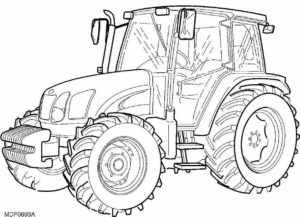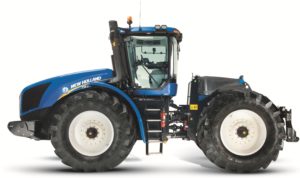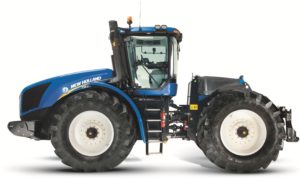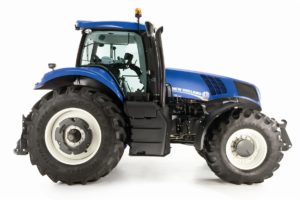INSTANT DOWNLOAD (add to cart)

Complete workshop & service manual with electrical wiring diagrams for New Holland Tractors T5030, T5040, T5050, T5060. It’s the same service manual used by dealers that guaranteed to be fully functional and intact without any missing page.
This New Holland T5030, T5040, T5050, T5060 service & repair manual (including maintenance, overhaul, disassembling & assembling, adjustment, tune-up, operation, inspecting, diagnostic & troubleshooting…) is divided into different sections. Each section covers a specific component or system with detailed illustrations. A table of contents is placed at the beginning of each section. Pages are easily found by category, and each page is expandable for great detail. The printer-ready PDF documents work like a charm on all kinds of devices.
1,685 pages, bookmarked, Searchable, Printable, high quality PDF
New Holland T5030, T5040, T5050, T5060 Tractors Service Manual
Print No. 87679925A – 12 – 2007
EXCERPT:
18 SECTION 27 – REAR AXLE MECHANICAL TRANSMISSION – CHAPTER 1
DESCRIPTION AND OPERATION
The rear transmission transmits drive from the gearbox to the final drives by means of the bevel drive, the teeth on the bevel drive are helical supported on tapered roller bearings.
The differential has two planet gears and is fitted with a mechanically or hydraulically operated differential lock.
Operation of this device is described below.
The final drives are of the epicyclical type and are operated by the bevel drive output half shafts, the same shafts that control the service brakes.
HYDRAULICALLY CONTROLLED REAR DIFFERENTIAL LOCK
When the differential lock is not being used, it is held in the disengaged position by the pressure of the spring (4) on the fork (3).
By operating the relative switch on the control panel, the solenoid valve opens to allow the oil sent from the pump to enter the chamber (1). After acting on the piston (2) and spring (4), it moves rod (5), fork (3) and the sleeve, thereby engaging the differential lock. When the switch is pressed to disengage the differential lock, spring (4) exerts a force on fork (3), rod (5) and piston (2), which discharges the oil through the corresponding solenoid valve.
…



